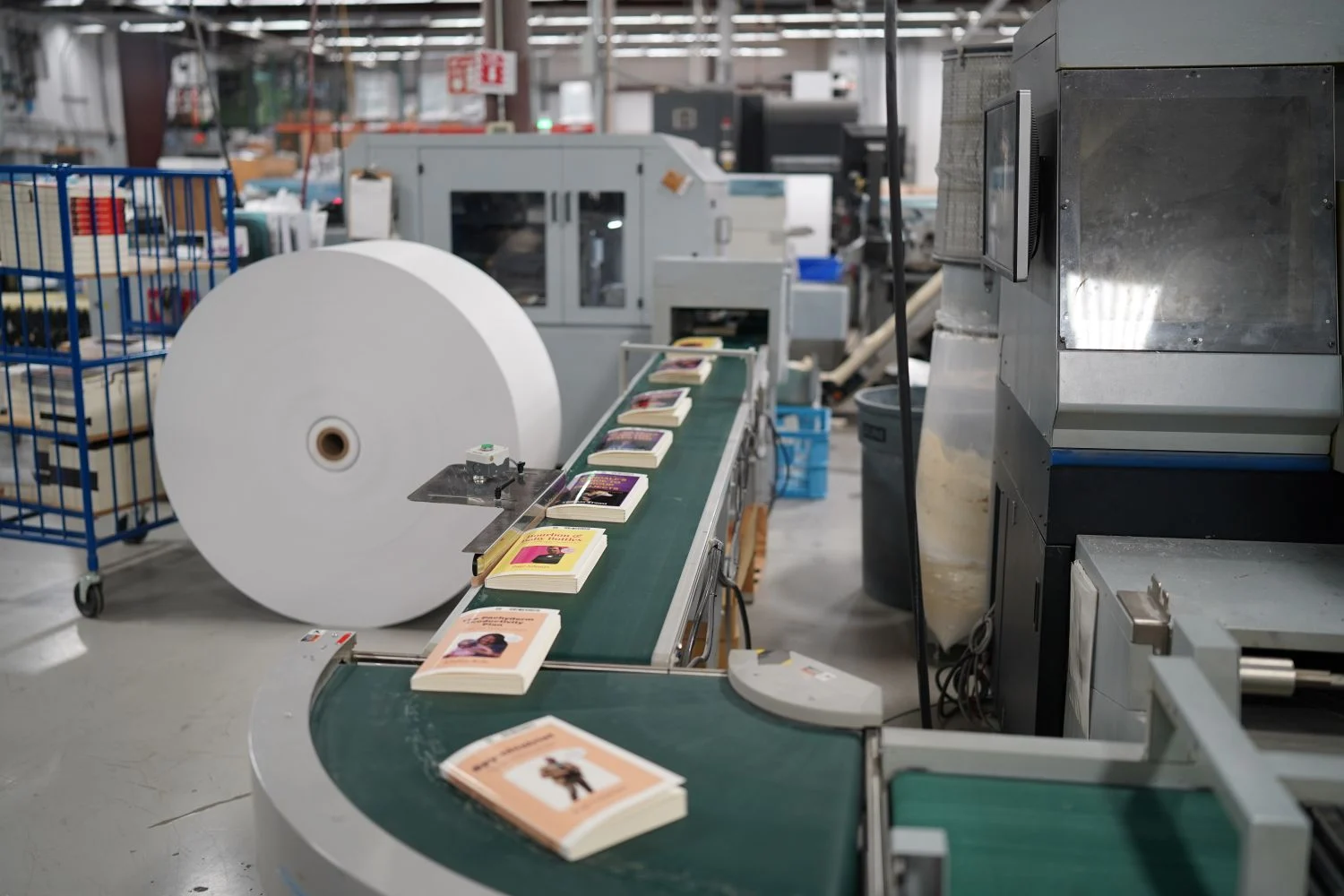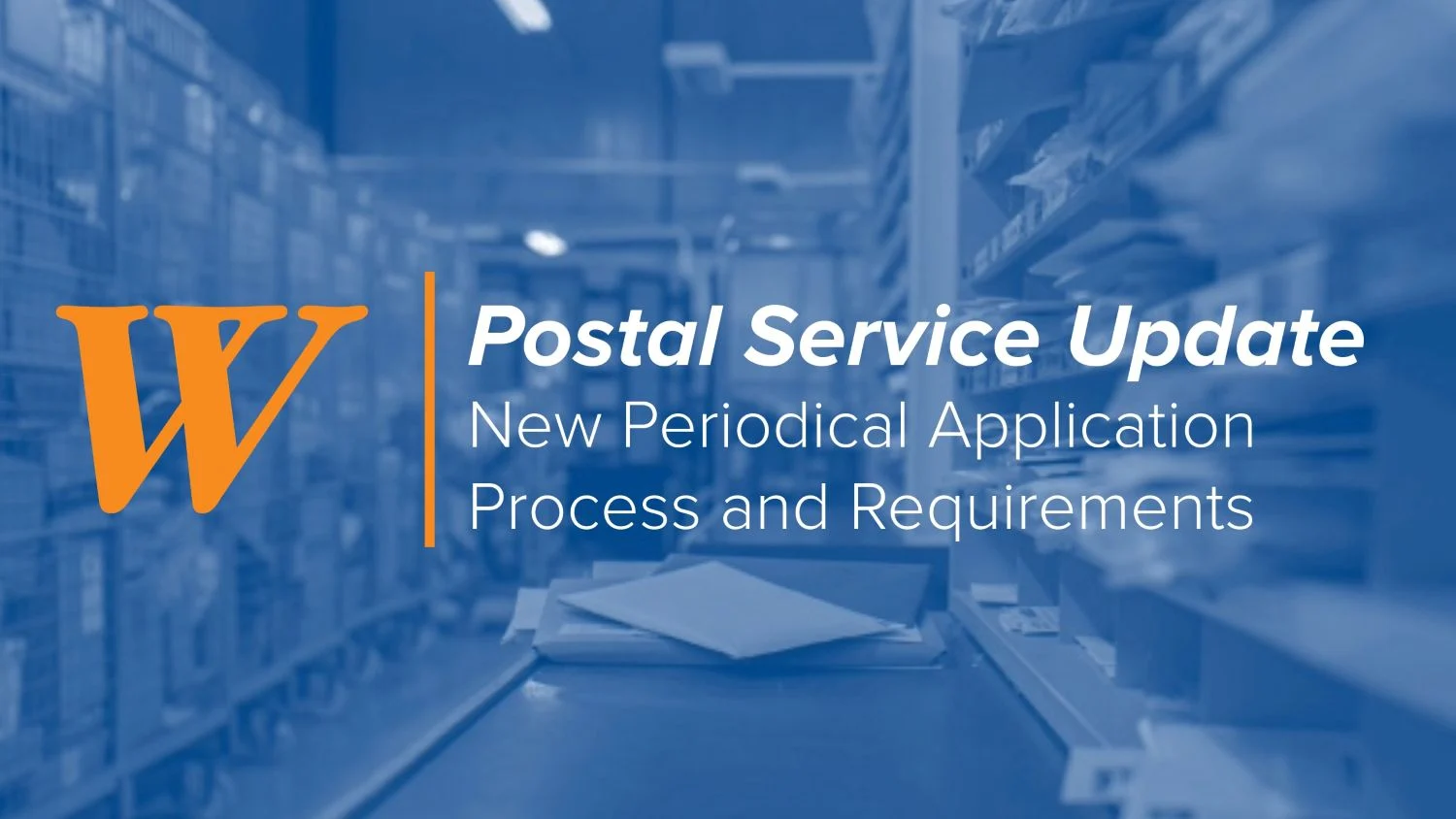College learning is increasingly digital, yet printed materials still play a central role in student success. For teams responsible for catalogs, textbooks, workbooks, course packets and recruitment pieces, the question is not print or digital; it’s how to use each format where it helps students the most.
What the Latest Research Says
A 2024 research review combining 49 studies found a small but reliable “screen inferiority effect.” Students scored modestly higher on reading comprehension when they read the same content on paper rather than on handheld screens. Even when screens were limited to tablets and e‑readers, print still held an edge for understanding. The takeaway for long‑form and detail‑heavy content is clear: print supports deeper processing, careful attention and better recall.
Print Reduces Distraction and Supports Deep Work
Digital distraction is now one of the most studied barriers to learning. A 2025 systematic review concluded that off‑task multitasking with devices is common in college settings and is consistently linked to lower learning performance. The review also highlighted strategies to curb distraction, like scheduling screen‑free intervals for reading and note capture. Print materials make these intervals easier to enforce and adopt.
Classic experimental work has shown that students who take longhand notes often perform better on conceptual questions than students who type, likely because handwriting encourages selection and processing rather than transcription. Newer syntheses show the advantage can be small or context dependent, which reinforces a practical point for instructors. When conceptual learning is the goal, asking students to annotate and summarize in print workbooks or course packets can nudge the right study behaviors.
The American Academy of Pediatrics also warns that high overall screen time may disrupt focus, sleep and stress regulation, affecting college study routines. Giving students printed options for reading and test prep helps them carve out lower‑distraction time without notifications.
Where Print Delivers on Campus
Textbooks and History Books
When the goal is comprehension of dense narratives, timelines or primary sources, print’s spatial and tactile cues help students build a mental map of the text. That matters in courses that ask for close reading, synthesis and argumentation. The print advantage in comprehension is small but consistent across varied populations and content types, which makes it meaningful over a semester or an entire college education.
Workbooks, Lab Manuals and Course Packets
Printed practice materials encourage margin notes, diagrams and problem‑solving steps. Those analog moves are linked to deeper processing. Even as the research evolves on note‑taking media, the safest way to promote conceptual learning is to design materials that encourage selection and summarization, then encourage students to write in them.
Catalogs and Academic Guides
Print catalogs and program guides are useful reference tools for orientation and advising sessions. They are easy to navigate in groups, visible on desks and tables, and carry institutional voice and visuals consistently. For long‑lived information like program overviews and degree maps, print reduces the cognitive load of screen navigation at the very moment students are making decisions.
Design And Production Tips for Higher Education Teams
- Match Content to Method
Choose print for materials where comprehension and recall matter most, like long‑form reading and complex problem sets, so students can take advantage of prints benefits to learning and memory. - Engineer for Annotation
Build white space into workbooks and readers. Include prompts that ask students to circle key terms, sketch diagrams and paraphrase paragraphs. This supports the kind of active processing that improves conceptual learning. - Use Print to Create Screen‑Free Study Blocks
Coordinate with faculty to designate specific readings as “paper‑first.” Students will appreciate predictable, lower‑distraction intervals that support cognitive load and sleep hygiene. - Leverage Digital Printing for Agility
Not every project needs a long press run. Digital printing gives you short‑run workbooks, course packets and updates without overstock. Use it to pilot materials in one section, learn, then scale. - Select Stocks and Formats for Accessibility
Consider matte, glare‑reducing paper, high‑contrast color palettes and type sizes that serve more students with diverse learning and visual needs. Spiral or lay‑flat bindings make it easier to write and reference in labs. - Integrate Print and Digital
Add clear calls to action, QR codes and short URLs in catalogs, campus magazines and admitted‑student mailers. Research shows integrated print and digital can raise attention and recall, which helps your emails and ads work harder.
Choosing a University Print Partner
Successful campus print programs depend on reliable production, accurate color and smart distribution. Walsworth provides heatset web offset for high‑volume magazines and catalogs, plus sheetfed and digital printing for short‑run and on‑demand needs. Teams can consolidate printing, binding, mailing and fulfillment, which simplifies day‑one delivery of course materials and improves inventory control.
Printing for Colleges and Universities With Walsworth
Students learn in a hybrid world, yet the evidence keeps pointing to a simple planning rule: use print where depth, recall and focus matter most, then connect it to the digital ecosystem students already use. This combination respects budgets, improves day‑one readiness and gives learners a better chance to do their best work.
If you would like help mapping your next catalog, textbook or workbook to the right print method, connect with the Walsworth team today.
* This article was developed with assistance from OpenAI’s GPT 5 Pro Deep Research large language AI model.






